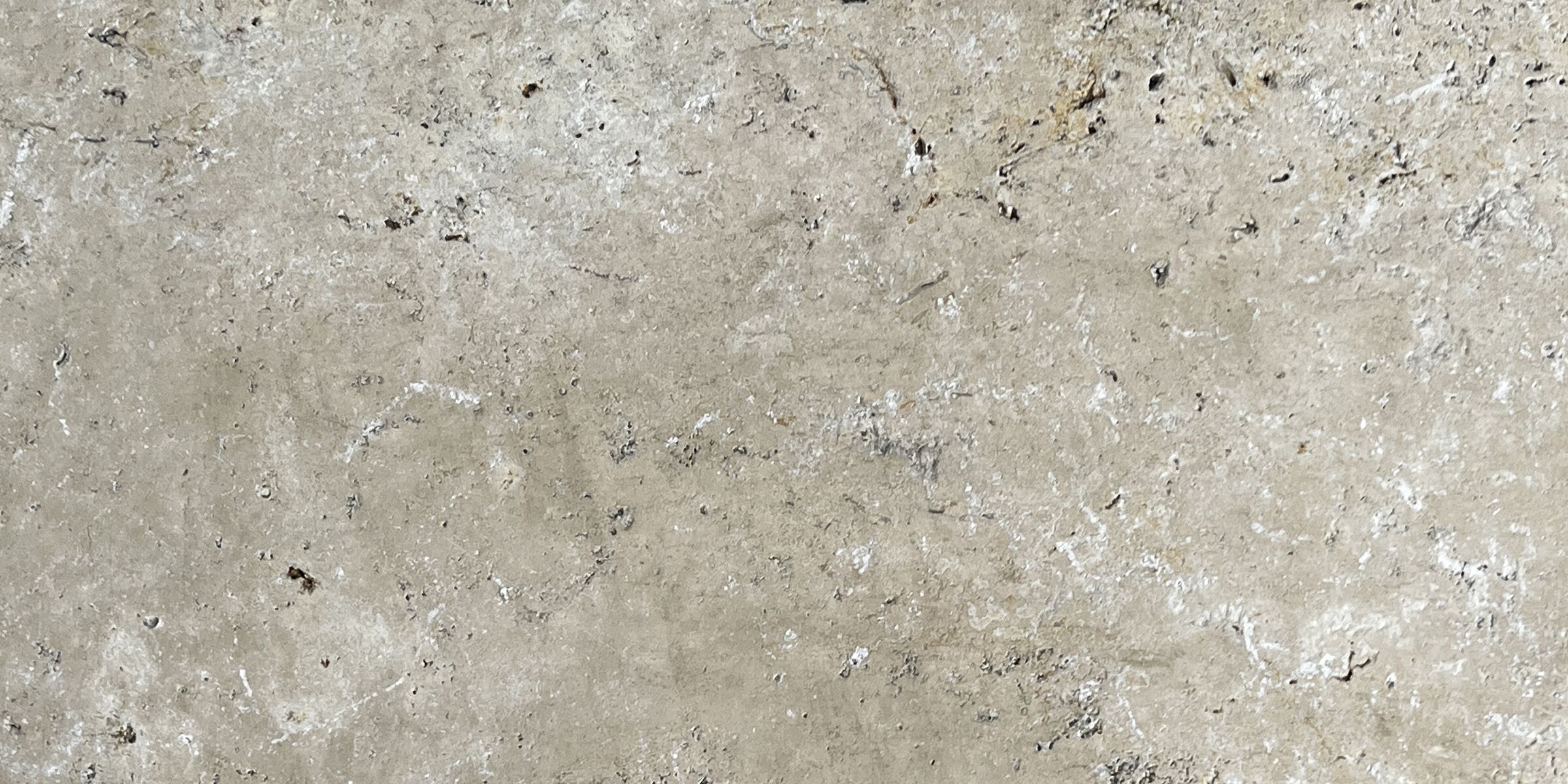What is the best way to put pavers down? Laying pavers can be a fantastic DIY project that instantly elevates your outdoor space, whether you’re creating a new patio, walkway, or driveway. Here’s a guide to achieving a professional-quality result with pavers, including each key step and some handy tips along the way.
Step 1: Plan Your Area and Gather Tools
Before you start, take some time to sketch out your project. Decide on the area and shape, calculate the amount of paver material you’ll need, and gather all necessary tools. The basic tools include:
- Shovel and rake
- Level
- Tamper or plate compactor
- Rubber mallet
- Garden hose
- Tape measure and stakes
- Broom
- Safety gear (gloves, goggles)
Tip: Purchase about 10% extra pavers to account for breakage or future repairs.
Step 2: Prepare the Base and Excavate
The stability of your tiles depends heavily on the foundation. First, mark the outline of your area using stakes and string. Then, start digging:
- Depth: Excavate to about 6-8 inches below ground level for patios and walkways, and 10-12 inches if you’re laying a driveway to support vehicle weight.
- Drainage: If your area doesn’t have good drainage, slope the excavated ground slightly away from buildings to allow water to run off.
Tip: Check local building codes for specific depth and slope requirements, especially for driveways.
Step 3: Add the Base Material
Once the ground is excavated, lay a base layer that provides support for the pavers. Crushed gravel is usually recommended as it compacts well and helps with drainage.
- Apply Base Layer: Spread 3-4 inches of gravel evenly and compact it using a tamper or plate compactor. Repeat this process, adding another 3-4 inches and compacting until the entire base is level and firmly packed.
- Final Layer: Add a 1-inch layer of sand over the gravel. The sand layer should be smooth and even, as it will help keep the pavers level.
Tip: Use screed pipes or boards to level the sand layer. This will ensure uniformity across the entire area.
Step 4: Lay the Pavers
Now comes the fun part: setting the pavers! Start from one corner and work your way across the area.
- Placement: Place each paver carefully onto the sand, keeping a consistent gap between each one. Tap the pavers into place using a rubber mallet to ensure they’re firmly set in the sand.
- Pattern and Design: You can lay the pavers in various patterns, such as herringbone, basketweave, or running bond, depending on your preference.
- Level Check: Periodically use a level to check that the pavers are even and adjust any that sit too high or low.
Tip:</em> Pavers may shift over time, so aim for tight, even gaps between them to minimize future movement.
Step 5: Add Edging to Secure the Pavers
Edging is essential to prevent pavers from shifting over time. You can use plastic, metal, or concrete edging, depending on the look you’re after and the longevity you desire.
- Install Edging: Secure the edging around the perimeter, ensuring it sits firmly against the pavers.
Tip: Make sure the edging is flush with the surface of the pavers so it doesn’t cause a tripping hazard.
Step 6: Fill Joints with Sand
<p>Once the pavers are set and edged, fill the joints with sand to lock them in place.
- Add Joint Sand: Pour sand over the surface and use a broom to sweep it into the gaps between pavers. This step not only stabilizes the pavers but also prevents weed growth and insect intrusion.
- Compact and Repeat: Once you’ve filled the joints, compact the pavers again with a tamper or plate compactor. This helps the sand settle more deeply, so repeat the process of sweeping in sand and compacting until the joints are tightly filled.
Step 7: Finish and Seal (Optional)
After all the hard work, you may want to seal your pavers to protect them from stains, weathering, and fading.
- Choose a Sealant: Depending on the type of paver, select a sealant that will enhance durability and protect against moisture, UV damage, and staining.
- Apply Sealant: Follow the sealant manufacturer’s instructions, applying it with a brush or roller in an even coat across the surface.
Tip: Avoid sealing if rain is expected within 24 hours, as water can interfere with the curing process.
Final Tips for a Long-Lasting Paver Installation
- Regular Maintenance: Sweep away debris and periodically check the joint sand. Reapply sand as needed to keep joints filled and pavers stable.
- Weed Control: Use polymeric sand for the joints, which hardens and creates a weed-resistant barrier.
- Seasonal Care: Protect your pavers from extreme weather by avoiding salt in icy conditions, as it can damage certain types of paver materials.
By following these steps and paying attention to the details for what is the best way to put pavers down, you’ll end up with a smooth, durable, and attractive paver installation that transforms your outdoor area. This project may take some effort, but the result is a custom and lasting addition to your home that’s worth every bit of hard work.

